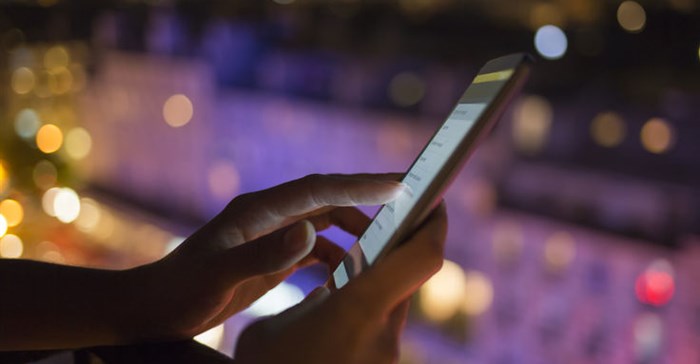
Top stories






More news











Digital media buying agency Atmosphere Orange's Media Director, Chanel MacKay points out, "95% of South Africa's major brands use Twitter and 92% use Facebook to advertise. With 53% more YouTube users and 65% more Instagram users over the past year alone, marketers are increasing their social media budgets as they grasp the potential for market share growth on their doorstep."
According to the Chief Marketing Officer Council, digital ad spending across the Middle East and Africa is ripe for expansion and will skyrocket to $1.35 billion in 2015, more than four times the global average.
The Pro Shop is just one example of South African businesses forging ahead. Its Marketing Manager, Trevor Rebello says, "Online spend now makes up about 8% of our total budget and we realise that even this is a low figure. We were clearly shown that for less money we could target more golfers across all age groups. Our budget spend has to continue to increase in this direction. We are also putting more focus on our social media profiles and all have grown as a result, in just one year. We realise digital is the way forward, we definitely see the results."
Media is consumed over tablets, mobile smartphones and desktop with the average South African spending five hours online. Digital advertising is bought and sold on automated and superior targeting tactics with as many as 80 differentiating measures, including age, geography and gender, far more than traditional advertising. This allows advertisers to sharply focus their campaigns and reach and communicate on a one-to-one basis with their market wherever they are and at whatever time of day they are online.

PwC South Africa entertainment and media industries leader, Vicki Myburgh says, "By embracing digital as the engine of their business‚ companies can position themselves to meet consumers' changing demands through any channel and format - and more effectively and more profitably than ever before."
MacKay identifies three major trends, "Media consumption is moving to mobile, outbound marketing has shifted to inbound and content marketing, and there is an increasing understanding of the advantages of programmatic media buying and with that comes remarketing and cross-device targeting."
Clear advantages are gained with the automation of the media buying process. Not only does it streamline the inventory process on the buy and sell side, it can compose new audiences on the fly, across different content properties. Marketers can access millions of data points as to who saw their campaign, who engaged with it, what message they were attracted to and how they converted.
A host of new insights about their consumers offers the best value for marketers, improving a campaign's effectiveness and answering strategic questions. "Psychographic, behavioural and lifestyle data adds dimension to marketing communications. For example, a retailer may see that while it is getting a high click-through rate, its sales remains low. We can understand why. Looking at criteria such as geographical areas and specific times of day, we might find consumers are visiting the site while at work but waiting to get home to order the product or service; or that there is high demand for the product but no retail site within reach of that location. Using this information the brand can then decide on where to build a bricks and mortar store within reach of new markets or plan for a digital retail store to reach and service the geographic area.
"Brandwatch highlighted Hyundai integration of digital into its traditional marketing campaign by changing its website for five minutes whenever one of its TV ads was aired. It built a new landing page related to the model advertised on screen at the time, with a call to action. Testing was done by alternating the old site with the new site whenever the ad was run. Conversion rates for a brochure download or booking a test drive went from 0.7% of visitors to the regular site, to 3.3% on the new site, showing a 480% increase.
"Brands must now be super agile and ultra-relevant across all digital mediums and on a minute-by-minute basis," advises MacKay. "Digital has put the marketing channel on an upward trajectory. Its influence is everywhere and it is creating and cementing relationships with the core focus of any marketer, their customers."
Digital advertising maximises the return on investment for brands, by giving brands greater control with reduced display advertising costs. The advantages of programmatic marketing's fine-grain tactics, dynamic creative and optimisation, also allows the consumer to benefit, as they are less likely to be served ads that are not relevant to them. With increased relevancy comes an upsurge in quality conversions for the advertiser.
"Programmatic digital advertising requires less budget, as there are lower costs per ad and wider, more targeted reach. Using the campaign's key performance indicators (KPIs) the campaign might start small and grow according to which channels deliver the most high-quality leads. Working 24/7, data is analysed, optimised and reported on regarding traffic, pricing, impressions, clicks, conversations and the time between every action, allowing the brand to react dynamically to market changes and keeping the brand marketer front and centre of the campaign's performance," concludes MacKay.